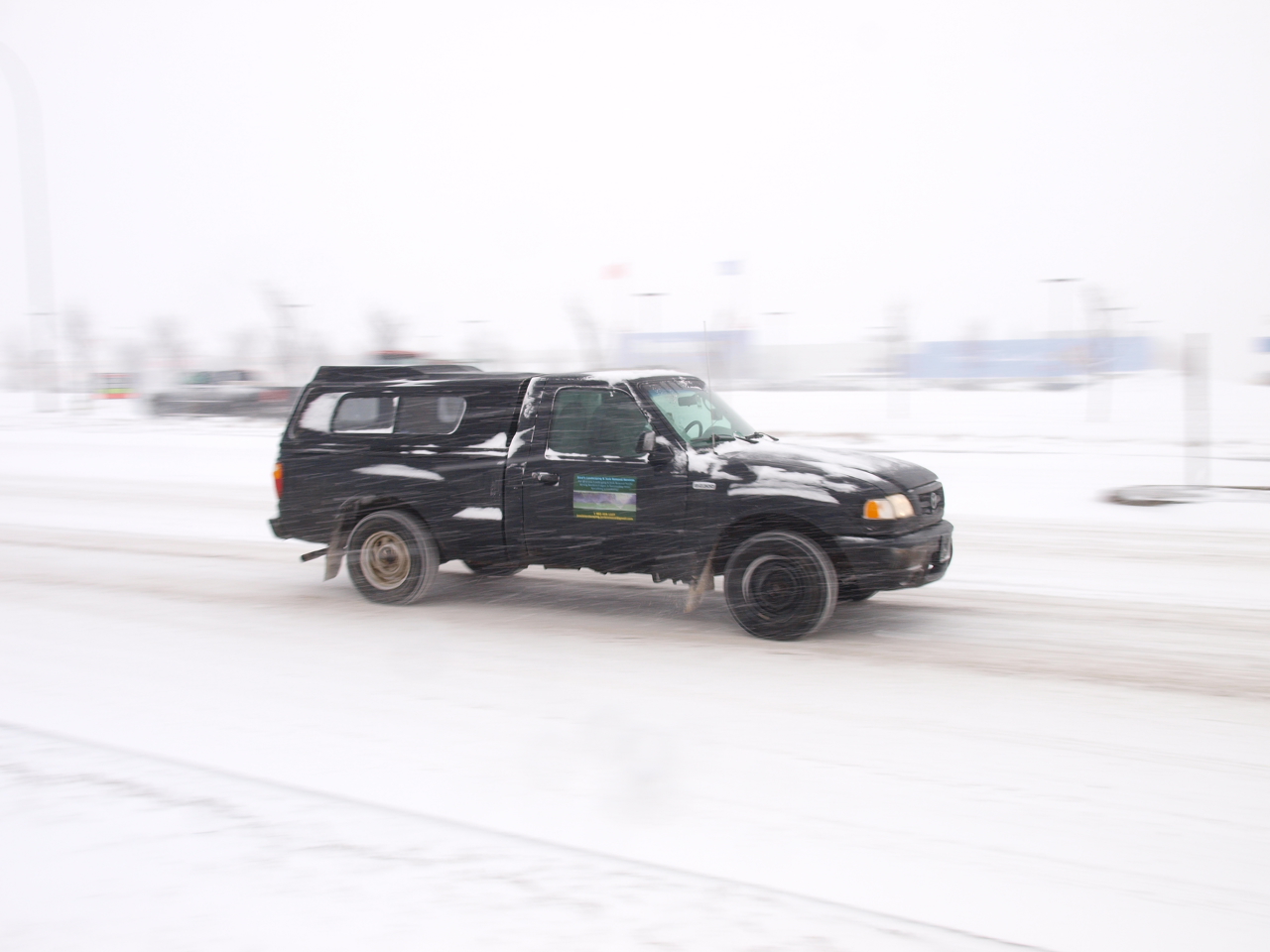Winterizing Your Car
Leaves are falling and outdoor temperatures are dropping, which means it is time to think about winter. Preparing the car for the harshest season of the year is a good way to prevent becoming stranded when the weather is frightful. Residents of cold weather states take note because the following tips can save time, money, and frustration during the winter season.
Begin by referring to the vehicle owner manual to determine which type of oil is recommended for the winter climate. When oil gets colder, it tends to thicken. Oil that is too thick cannot lubricate the engine efficiently. Check with your vehicle service provider to verify that the right oil is used during wintertime. This is an easy way to avoid a breakdown during the worst snowstorm of the season.
Windshield wipers clear away snow and slush, improving visibility. However, they do not last forever so invest in new ones every year. Before heading into the cold for a drive, fill up the windshield washer reservoir with fluid and do a test run with the wipers to ensure that they are working properly. While the car is on, test the defroster and heater. If everything is in good shape, you should be able to keep the windshield clear no matter what old man winter brings.
If the car battery is more than three years old, have an auto service technician inspect and test it. Diagnostics involve ensuring that the connections and posts are free of corrosion, the battery has a sufficient amount of water, and it can hold a charge. Getting a jump start during a winter storm is the last thing any driver wants. While at the shop, ask the technician to perform a full service inspection that includes inspecting hoses and belts for wear and tear.
Proper tire pressure contributes to maximum traction. During wet, icy, or snowy conditions, traction can be compromised. When outdoor temperatures drop so does air pressure in tires. Every ten-degree Fahrenheit decline in temperature results in a one pound per square inch loss of tire pressure. Inflate tires to the level recommended by the vehicle owner manual. If traveling through snow on a regular basis, consider investing in snow tires.
To keep the radiator operating efficiently during cold temperatures, use a 50-50 mixture of water and antifreeze. If the ratio is off, have the system flushed or drained and refilled. This will prevent antifreeze from freezing when outdoor temperatures drop. Last but not least, maintain a full tank of gas to prevent gas lines from freezing and prepare an emergency kit…just to be safe.
*Photo Courtesy of Wilson Hui via Creative Commons License

